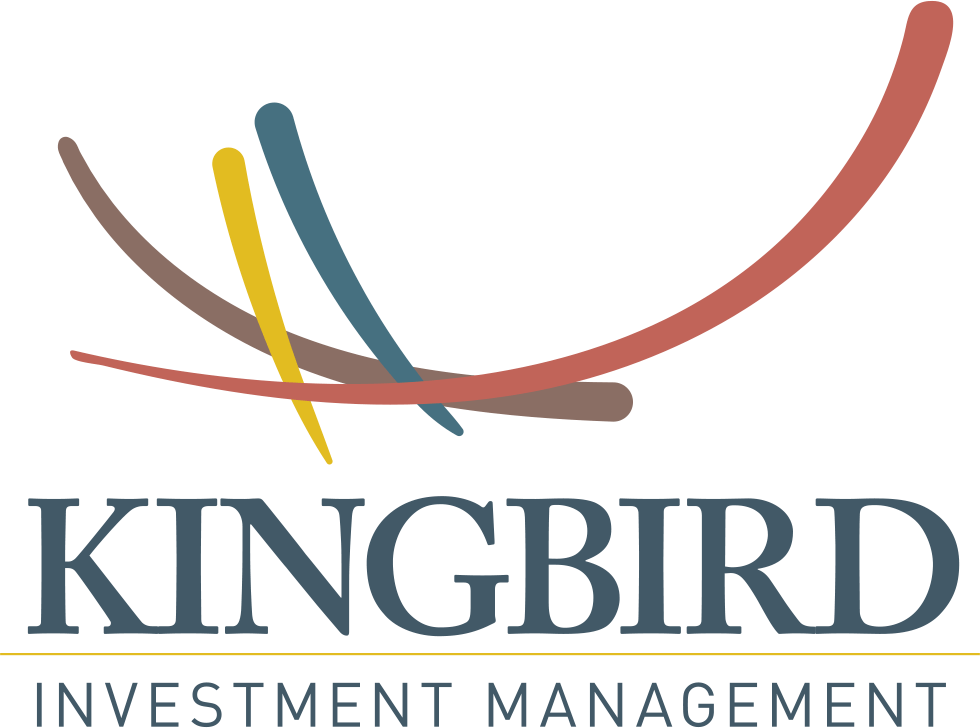The US housing market is chronically undersupplied. This is a direct result of a long-term, secular trend that began after the 2008/2009 Global Financial Crisis (the “GFC”) and has worsened each subsequent year. Prior to the GFC’s end, the US had a peak estimated housing surplus of 2.9 million units. However, after the GFC ended and its effects on the residential construction sector became fixed within the economy, this surplus declined every year until housing demand surpassed supply in 2017, when a shortfall of 731,000 units materialized, according to Kingbird analysis of Federal Reserve Board of St. Louis, US Census Bureau, ACS IPUMS, and CoStar data. This shortfall has since grown to between 3.8 and 6.8 million, as of 2020, according to Freddie Mac Housing Supply: A Growing Deficit May 2021 and National Association of Realtors Housing is Critical Infrastructure: Social and Economic Benefits of Building More Housing June 2021.






